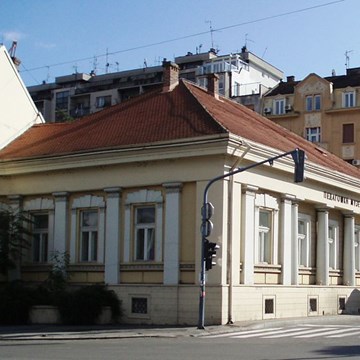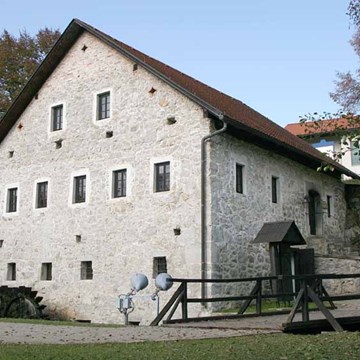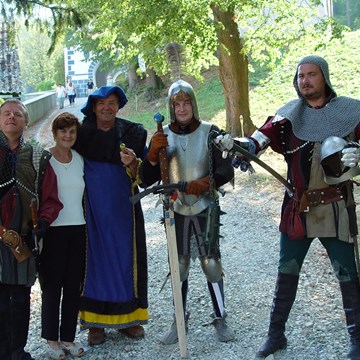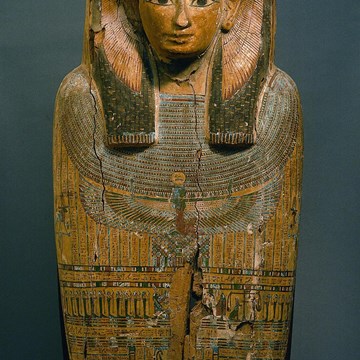“Marks Hard To Erase”: The Rescue and Repatriation of “Absorbed” Armenian Women Survivors, 1919-1927
During the Armenian genocide of 1915, many thousands of women and children were kidnapped or sold from the deportation columns into Turkish, Kurdish, or Arab households, where they lived as wives, servants, or concubines. After the Armistice, various humanitarian organisations, including the American charity Near East Relief and the League of Nations, set about reclaiming these Christian women and children from Moslem homes as part of the relief work, and reintegrating them into the Armenian community. A very specific group within these survivors were women whose faces and hands had been tattooed according to Bedouin custom, a rite of passage which also denoted tribal and familial possession. Unlike the children, who were more easily reabsorbed into the community (and a staple of philanthropic giving), these women bore on their skin visible, permanent reminders of their ‘defilement’ by non-Christian men, which was of course a major taboo among Armenians and a source of much horror for Americans and Europeans. This paper focuses on the reactions and responses of the relief workers to those who had been tattooed, and how their experiences were articulated in the relief fundraising campaigns ‘back home’ – both discursively and in photographs. The plight of these women goes to the heart of the rescuers’ dilemma: on the one hand they wanted to restore them to the Armenian ‘nation’, but on the other, what was seen as their visible contamination made that a problematic and perhaps impossible goal.
Exhibitions and events from this museum
We don't have anything to show you here.
Activities from this museum
We don't have anything to show you here.










